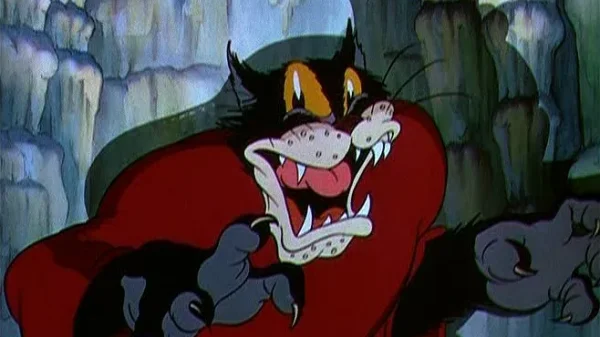Francis Ford Coppola’s adaptation of Joseph Conrad’s “Heart of Darkness” was a decades-long process filled with challenges and setbacks. The production of “Apocalypse Now” faced numerous obstacles, including replacing lead actors, dealing with a heart attack, and facing the practical demands of recreating a war-torn environment. The chaotic and troubled production of “Apocalypse Now” mirrored the psychological journey into darkness portrayed in the film, resulting in a groundbreaking epic that continues to be revered as a masterpiece.
In the 1970s, Coppola was riding high in cinema, having just released “The Godfather Part II.” He decided to adapt “Heart of Darkness” for the screen, shifting the setting from the jungles of Africa at the turn of the century to the deadly terrain of the Vietnam War. Coppola’s cast and crew arrived in the Philippines in early 1976 to begin production, but little did they know that they would be going on a creative journey that would go down as one of the most fraught and turbulent in cinematic history.

A Still From Apocalypse Now (Via IMDB)
The production of “Apocalypse Now” was plagued by numerous challenges. Initially, the film’s budget was approved at $12 million, but this figure quickly ballooned as the production faced catastrophic typhoons, logistical overruns, and logistical nightmares. Martin Sheen, who played the lead role of Captain Willard, suffered a heart attack during filming, adding to the chaos. The film’s cast, including Marlon Brando and Dennis Hopper, also struggled with personal issues and substance abuse.
Despite these challenges, Coppola and his team persevered, driven by their vision for the film. The final product was a groundbreaking epic that premiered at the Cannes Film Festival and received widespread critical acclaim. “Apocalypse Now” went on to win the Palme d’Or and receive eight Academy Award nominations, cementing its place as one of the greatest films of all time.
























